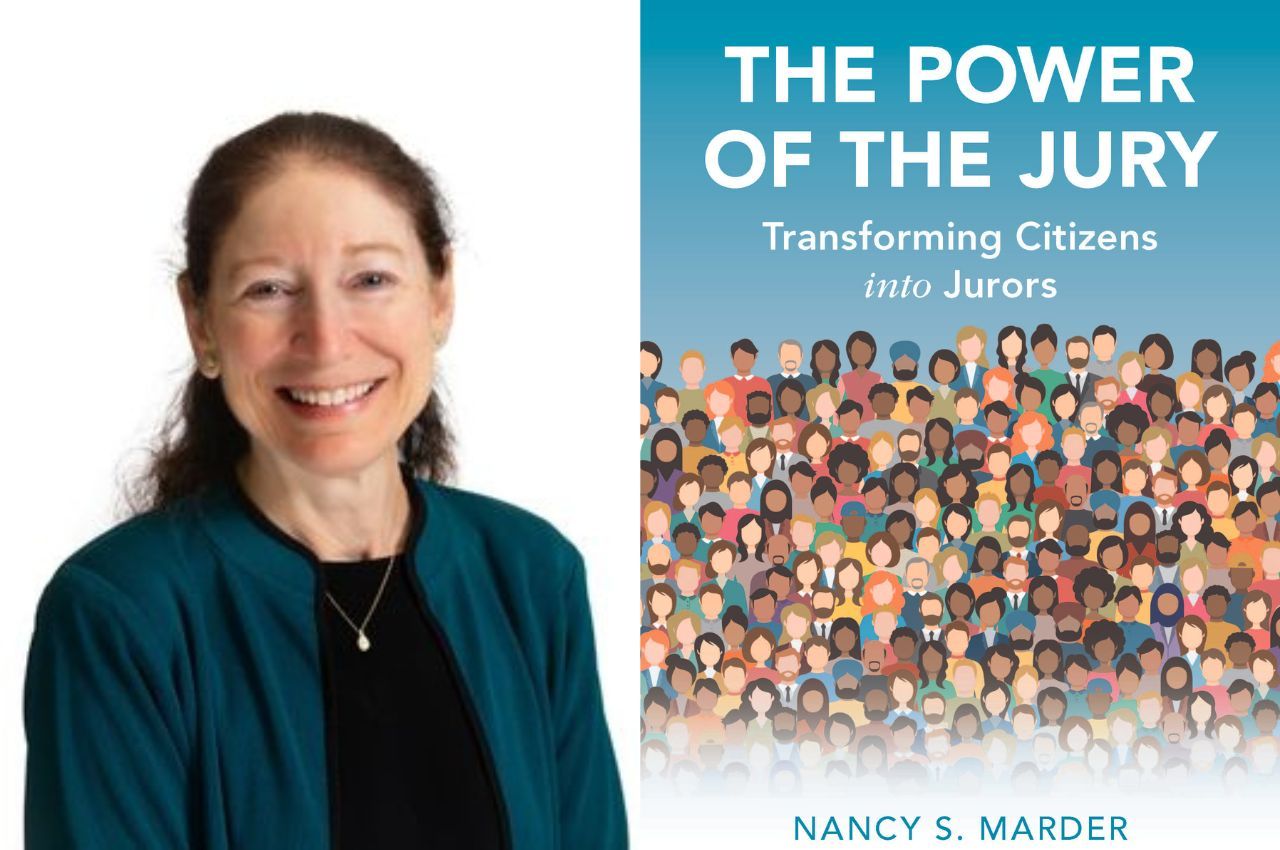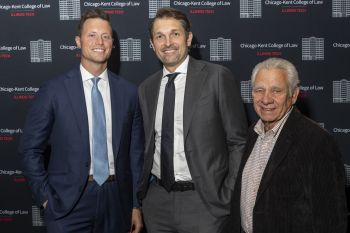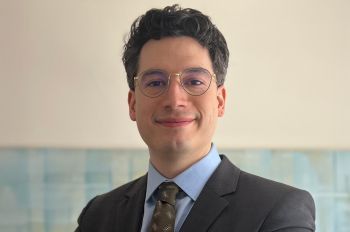Chicago-Kent Professor’s Book on Process of “Making Jurors” Published by Cambridge University Press

From the start of her legal career, Chicago-Kent College of Law Professor Nancy S. Marder has had a close look at courts in action. Almost immediately after graduating from law school in the late 1980s, she clerked for a district court judge, went on to clerk for a United States Supreme Court Justice, and has studied the court system ever since.
And there’s one element of the court system that attracts Marder’s scrutiny more than any other: the jury. During her years in academia, she has published numerous articles on juries and the jury process, founded the Justice John Paul Stevens Jury Center at Chicago-Kent, and this semester has spent months studying the Canadian jury system in person as it acclimates to new rules.
Now Marder has put her knowledge and passion for the subject into words, with her new book, The Power of the Jury: Transforming Citizens into Jurors, published in September 2022 by Cambridge University Press.
In it, she elaborates on a simple concept: that “jurors are made not found.” In short, she pushes back on the common idea that attorneys must—through the jury questioning and selection process known as “voir dire”—unearth a perfect jury as if digging for gold.
Instead, Marder argues, each step of the jury process—from the day jurors get their summons in the mail, to the questions they answer, their instructions, deliberations, and post-verdict interviews with their judges—is designed to craft a jury, molding everyday citizens into responsible jurors. In short, she takes what she calls a “transformative view” of the jury process.
“I spent a lot of time watching jury trials,” Marder says, noting that when she clerked for Judge Leonard B. Sand in the U.S. District Court in the Southern District of New York, “he was really great with the jury, a wonderful teacher about how to work with jurors.…I would watch jury selection, and would start to see ordinary citizens who just wanted to get out of serving start to be transformed. It was really that beginning of the transformation that started me thinking: ‘How does this work?’”
In her book, Marder writes, “It does not seem possible that a group of twelve randomly chosen individuals who have no legal training, no expertise in the subject of the trial, no experience adjudicating legal claims, and no real guidance about how to work together as a group, can fairly and correctly decide the fate of the parties on matters about which the group knows little or nothing.”
“It does not help that prospective jurors usually begin by resenting their summons,” she adds.
But then they show up. It is during “voir dire,” when they are questioned by the judge or attorneys, Marder says, that “there is almost a palpable moment in the courtroom when prospective jurors begin to shift from wanting to be excused to wanting to serve.”
Being questioned about their biases, under oath, in front of not only a judge but their fellow jurors, Marder writes, creates a weighty internal impetus for impartiality.
The judge’s subsequent reading of jury instructions “ensures that all of the jurors hear the instructions from start to finish, as a group, and that everyone in the courtroom, including the jurors, senses the important role that the instructions play…. The reading aloud of the instructions in open court before the jurors, the parties, and the public highlights the importance of the jurors’ task, their need to be fair, and the role they are about to play as equals in a group effort to achieve a unanimous verdict,” Marder writes.
After all of the courtroom drama, the setting and structure of the jury’s deliberations—the secluded room, where jurors are required to vote and voice reasons for their decisions, and speak to no one but their fellow jurors about these matters—emphasizes the fact that the jurors “must make a decision that is far more serious than many have ever had to make.…The experience of deliberating might change the very decision that they reach,” Marder writes.
And finally, an oft-overlooked step of the jury process—the post-verdict interview with the judge—allows jurors to “share their jury experience with the judge…[and] end their jury service on a positive note,” Marder writes.
Marder notes that there is room for improvement in the process. She believes that the jury experience should be looked at holistically, rather than as a series of individual, and at times intimidating, steps.
“The summons, rather than being written in formal, intimidating legalese…needs to be rewritten so that it is accessible to ordinary citizens and does not inspire fear or dread.…Judges should devote more of ‘voir dire’ to describing the trial process and the roles of the judge and the jury, rather than trying to uncover hidden biases,” Marder writes. And when it comes time for the jury to deliberate, Marder argues that judges should give jurors “some [additional] guidance about how to begin their deliberations, even if, in the end, jurors choose not to follow that advice.”
Marder also touches upon her current research in her book. She is currently observing jury selections in criminal cases in Toronto, Canada, where recently passed federal legislation mandates the elimination of peremptory challenges—which is when attorneys can eliminate a certain number of prospective jurors during the jury selection process. She wants to see how jury selection works without such challenges.
“Peremptory challenges…need to be eliminated because they lead to less diverse juries,” Marder writes. Diverse juries “help in the transformation of citizens into jurors because jurors learn from each other.”
In conclusion, Marder writes, “The power of the American jury system is that its very structure contains the key to transforming ordinary citizens into responsible jurors.”
Marder has co-edited or written two other books on the jury, including Juries, Lay Judges, and Mixed Courts: A Global Perspective, published in 2021 by Cambridge University Press, and The Jury Process, published in 2005 by Foundation Press.



